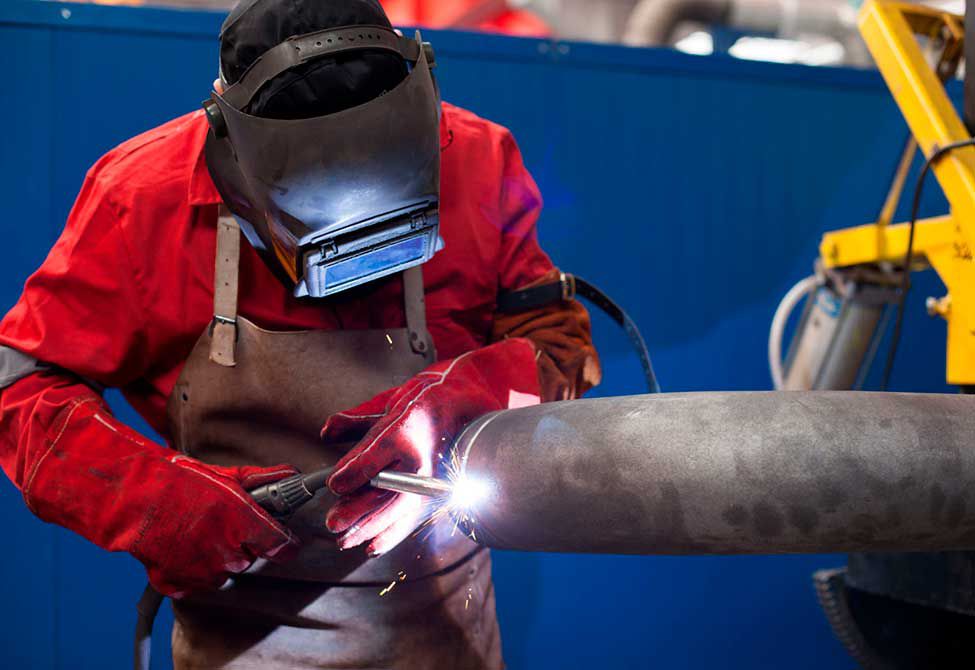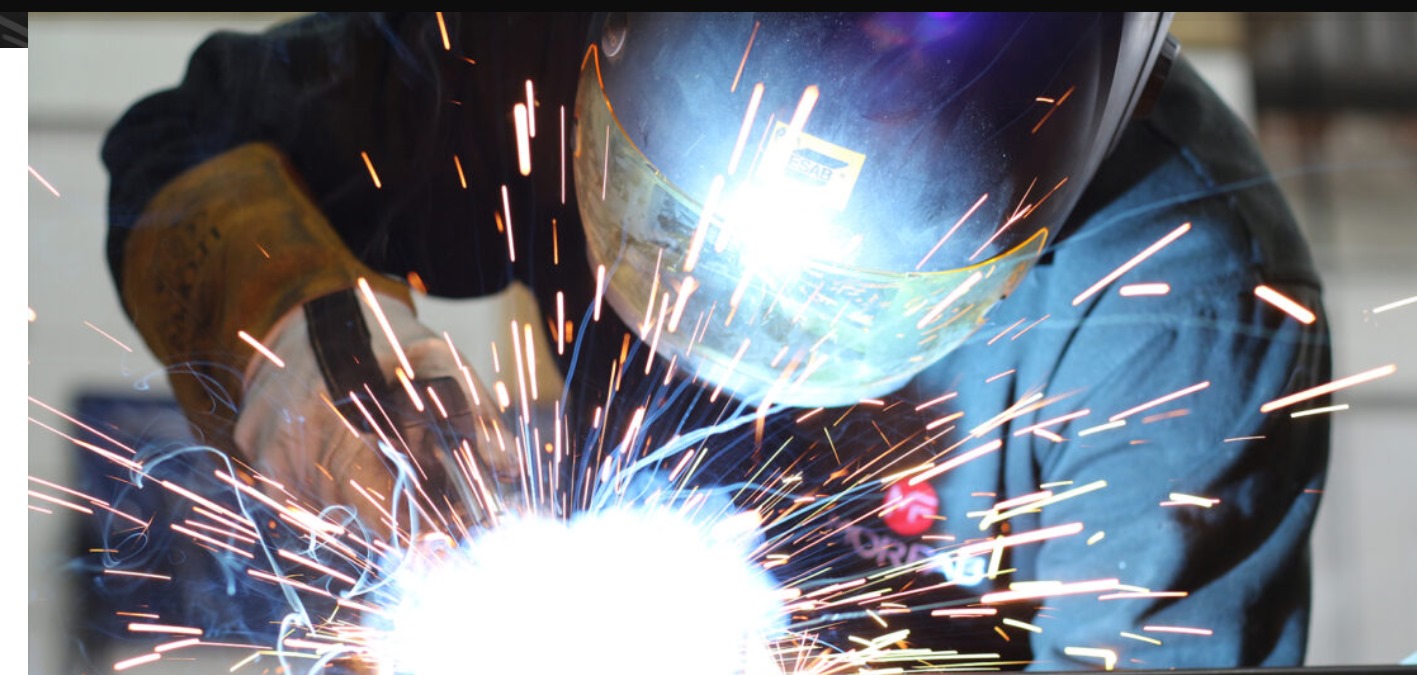MIG/MAG welding – MIG or MAG means Metal Inert Gas and Metal Active Gas are both getting increasingly popular arc welding processes for joining metals. This approach uses a consumable electrode cord, inert or active securing gas and also power supply with constant voltage to produce quality weld.
Understanding the Process
In MIG welding, the flow of electrode wire is automatically controlled through a weld gun that receives power from an electric arc between the workpiece and end of a consumable electrode. The arc welds the metal, though both electrode wire and base steel melt during such action, creating a pool of molten material. At the same time, a shielding gas (often argon or helium) is passed through the welding gun to protect your weld pool from any impurities and make sure you end up with a clean, SOLID bond.
Benefits of MIG/MAG welding
- Increased Versatility – MIG/MAG welding can be applied in the large majority of metals and alloys, for example: stainless steel, aluminum or mild stell,…
- High Deposition Rates: This process is very high deposition rates so it can be best for thick material welding and also to make lots of welds in a short time.
- Simplicity: MIG/MAG welding can be automated for improved productivity, and is fairly easy to learn with semi-automatic and fully automatic options available.
- Shielding gas for cleaner welds with less spatter and an arc that is easier to control, giving more consistent welding quality.
Use Cases In Different Sectors
MIG welding can be applied in many sectors, such as automotive, construction and shipbuilding industries. This makes it well suited to fabrication workshops and production lines where both available time, and reliability are extremely important. This type of iron and steel is mostly used for building huge structures, machinery or cars automobile parts.
Future Trends and Innovations
Firstly, of course MIG/MAG welding technology is still developing towards the goals to increase efficiency as well with zero emission in ambient air (or at least be able run safely within settings without special vapor removal system) and improved weld quality. Pulsed MIG welding and synergic welding systems, too, are designed to make improvements in the areas of arc stability and heat inputand productivity.
In summary, MIG/MAG welding provides a crucial part of the industrial landscape due to its universal applicability and efficiency in combination with high-quality weld seams. As the world is changing, MIG/MAG welding methods are also expected to give affordable and reliable metal joining solutions in industries.


